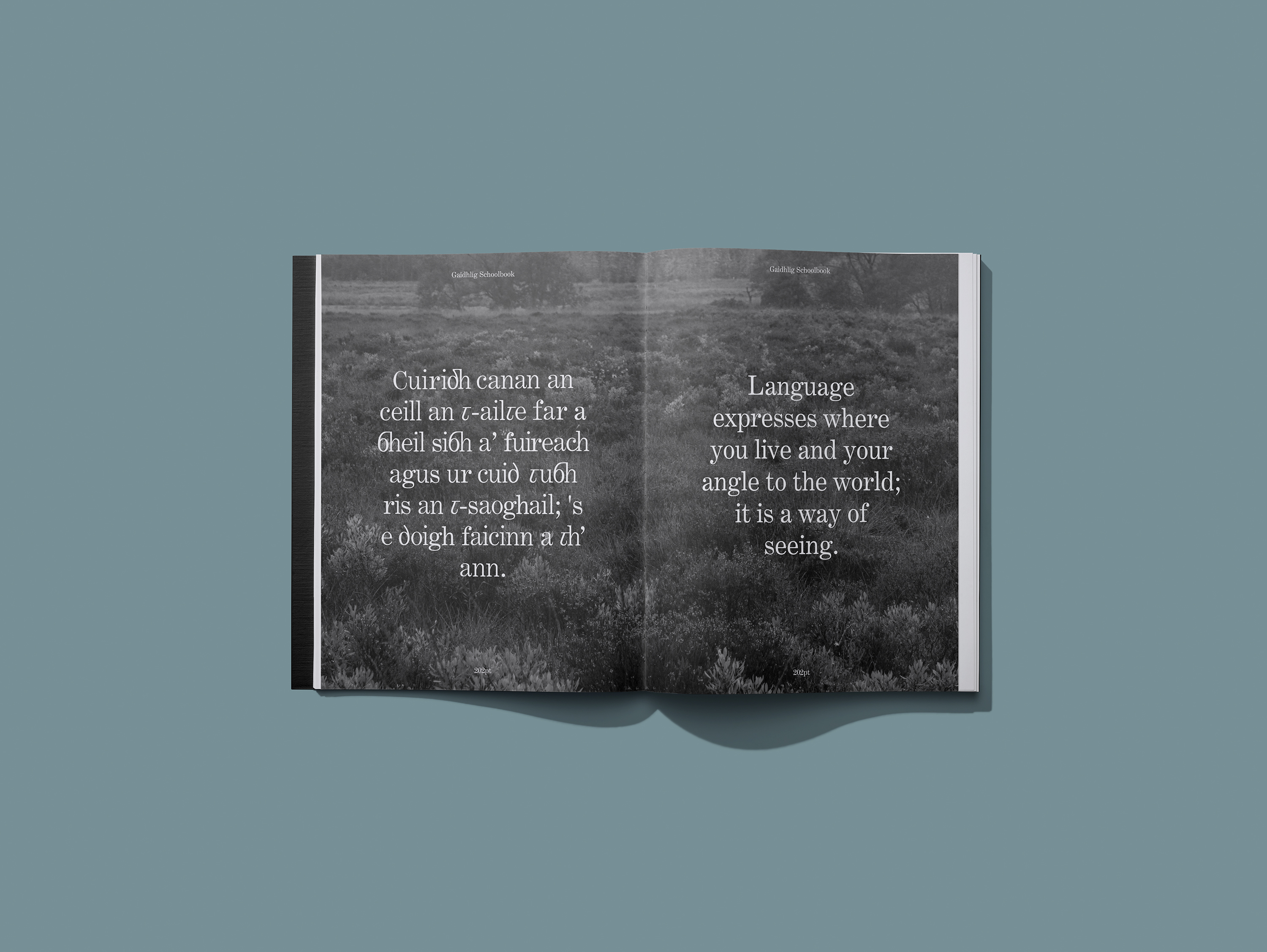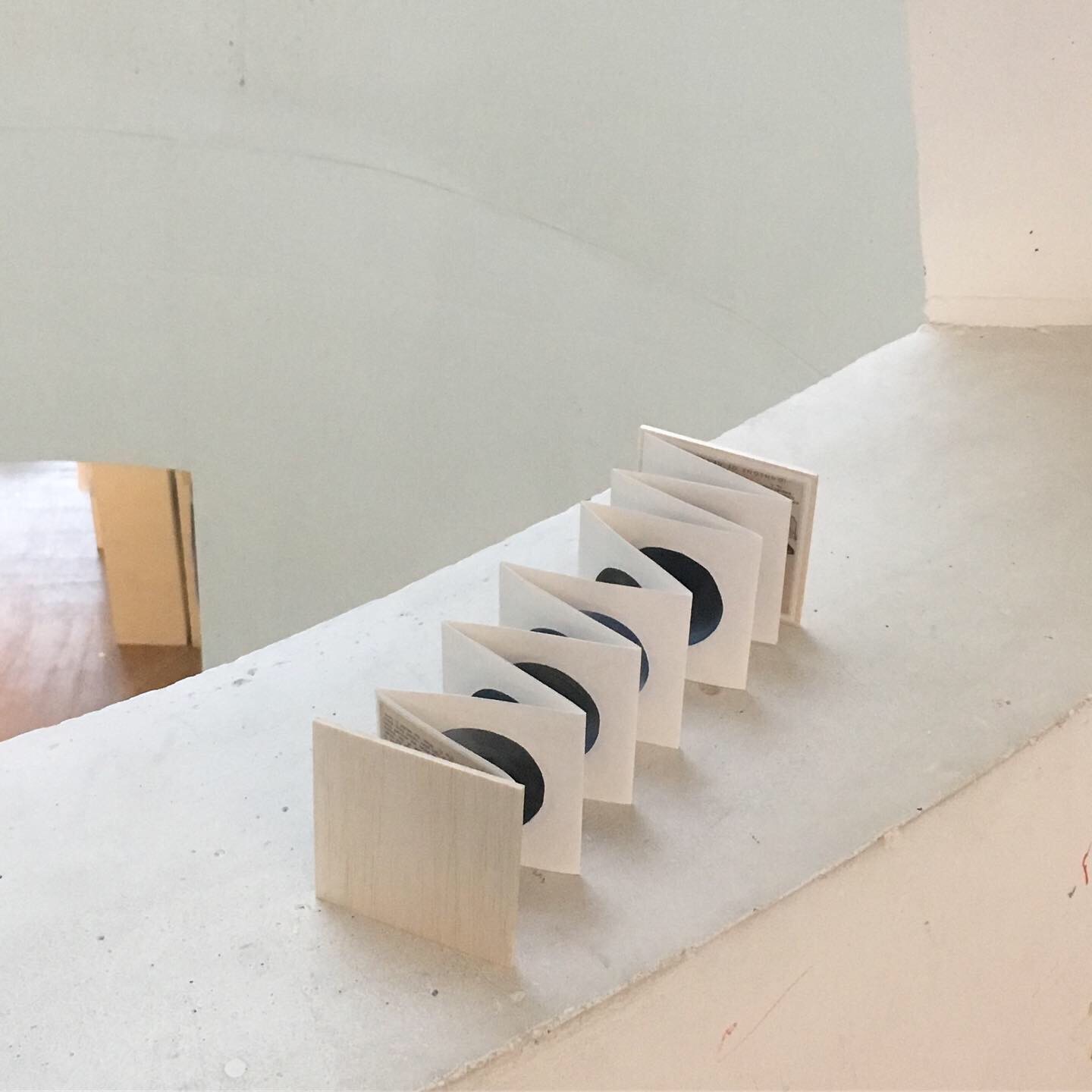Moor
Moor is a publication exploring the cultural and natural heritage of the Moine Mhòr (The Great Moss) peatlands of Crinan, Argyll. A sight of natural significance that has overshadowed centuries of geological and human history, the moor holds the memory of people and culture within its layered soils. The form of the book is influenced by this idea of layered history, starting from the present day, and ending in the past.
The publication images are supported by descriptive passages from ‘The Old Ways’ and ‘Underland’ by Robert MacFarlane; two texts that discuss the cultural importance of landscapes such as peatlands in a way that is relative to the Moine Mhòr.
Photos in collaboration with Mark Burgoyne. Archival images by Historic Environment Scotland.
The publication images are supported by descriptive passages from ‘The Old Ways’ and ‘Underland’ by Robert MacFarlane; two texts that discuss the cultural importance of landscapes such as peatlands in a way that is relative to the Moine Mhòr.
Photos in collaboration with Mark Burgoyne. Archival images by Historic Environment Scotland.






 24–09–2024
24–09–2024Musicians Who Write
Musicians Who Write features ten musicians who were as much writers as they were performers and artists. Each title page features a cut out pattern, taken from the music scores of each individual artist. The design of this publication is based heavily around rhythm and pattern; each spread a visual translation of the rhythm and texture of language and music.





Gàidhlig Schoolbook
Gàidhlig Schoolbook is type exploration of the history of language in Scotland.
In 1872, the Education Act brought in legislation that changed the primary language of education in Scotland to English; despite the fact most people in Scotland spoke Gàidhlig as their first language. Speaking Gàidhlig in school was worthy of punishment due to this legislation, but the attitude towards Gàidhlig in education carried on way into the 1900s.
Gàidhlig Schoolbook is a rendition of the typeface Century Schoolbook, a typeface used in education around the 1900s. Gàidhlig Schoolbook aims to reappropriate Century Schoolbook to suit the Gàidhlig alphabet, a comment against the homogenisation of language.
In 1872, the Education Act brought in legislation that changed the primary language of education in Scotland to English; despite the fact most people in Scotland spoke Gàidhlig as their first language. Speaking Gàidhlig in school was worthy of punishment due to this legislation, but the attitude towards Gàidhlig in education carried on way into the 1900s.
Gàidhlig Schoolbook is a rendition of the typeface Century Schoolbook, a typeface used in education around the 1900s. Gàidhlig Schoolbook aims to reappropriate Century Schoolbook to suit the Gàidhlig alphabet, a comment against the homogenisation of language.





24–09–2024
Sea-Sound Pollution
An interactive and sound based piece that aims to focus on the effects of anthropogenic noise pollution in the sea and its effects on ceataceans and seals.
This piece of work is in affiliaton with the studies of SAMS PhD student Charlotte Findlay, who is currently in the process of discovering the ways in which human/synthetic noise activity affect the behavior and hearing quality of marine mammals.
This work as a whole aims to generate an emotional awareness of what our ever increasing activity in the oceans mean and what it may feel like for other
species.
This piece of work is in affiliaton with the studies of SAMS PhD student Charlotte Findlay, who is currently in the process of discovering the ways in which human/synthetic noise activity affect the behavior and hearing quality of marine mammals.
This work as a whole aims to generate an emotional awareness of what our ever increasing activity in the oceans mean and what it may feel like for other
species.

The Road Between Banff and Jasper





